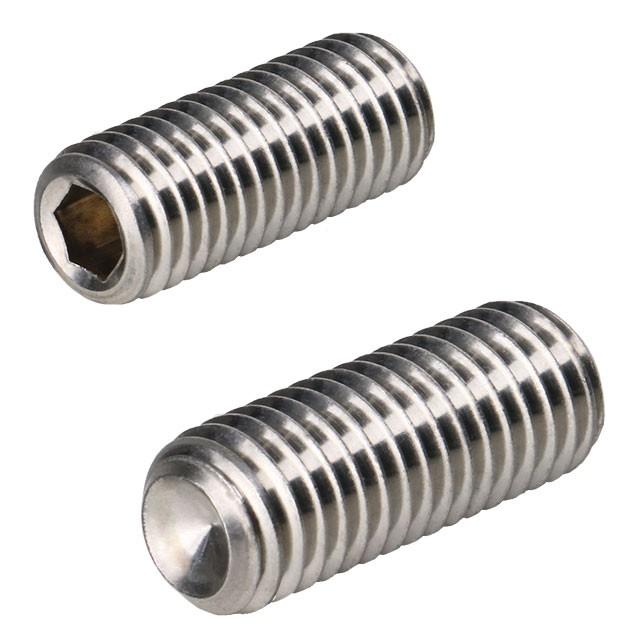Introduction:
Hexagon socket set screws, commonly known as set screws, are essential fasteners used in various industries and DIY projects. These screws offer unique advantages due to their hexagonal socket design, making them an excellent choice for securing and fastening components. In this article, we will explore frequently asked questions (FAQs) about hexagon socket set screw and provide practical insights into their applications.
FAQs: Hexagon Socket Set Screws
1. What is a Hexagon Socket Set Screw?
A hexagon socket set screw, often simply called a set screw, is a type of threaded fastener designed with a cylindrical head and an internal hexagonal drive socket. They are typically used to secure one object within another by exerting compressive force through the screw's tip.
2. How Do Hexagon Socket Set Screws Differ from Other Screws?
Set screws differ from traditional screws in that they lack an external head and are typically used in a threaded hole or insert. Their design allows for flush and concealed fastening, making them ideal for applications where aesthetics or space constraints are important.
3. What Materials are Hexagon Socket Set Screws Made From?
Set screws can be made from various materials, including stainless steel, alloy steel, carbon steel, and brass. The choice of material depends on factors such as the application environment, load requirements, and corrosion resistance.
4. What Are the Common Types of Hexagon Socket Set Screws?
Common types of set screws include cup point, flat point, cone point, and oval point. Each type is designed for specific applications, with variations in their ability to resist vibration, provide maximum holding power, or reduce marring on contact surfaces.
5. Where are Hexagon Socket Set Screws Used?
Set screws find applications in a wide range of industries, including automotive, electronics, machinery, and construction. They are used to secure components like gears, pulleys, knobs, and shafts, ensuring proper alignment and functionality.
6. How Do You Properly Install a Hexagon Socket Set Screw?
To install a set screw correctly, follow these steps: a. Ensure the socket or key used fits snugly into the screw's hexagonal socket. b. Align the screw with the threaded hole or insert. c. Apply the appropriate torque using a calibrated torque wrench to avoid over-tightening or stripping threads.
Conclusion:
Hexagon socket set screws might be small, but their importance in various industries and applications cannot be overstated. Their versatility, tamper-resistant design, and reliability make them an invaluable component in securing connections. Whether you're working on a DIY project or managing an industrial assembly line, understanding the features and proper usage of these screws is essential for a successful outcome.
